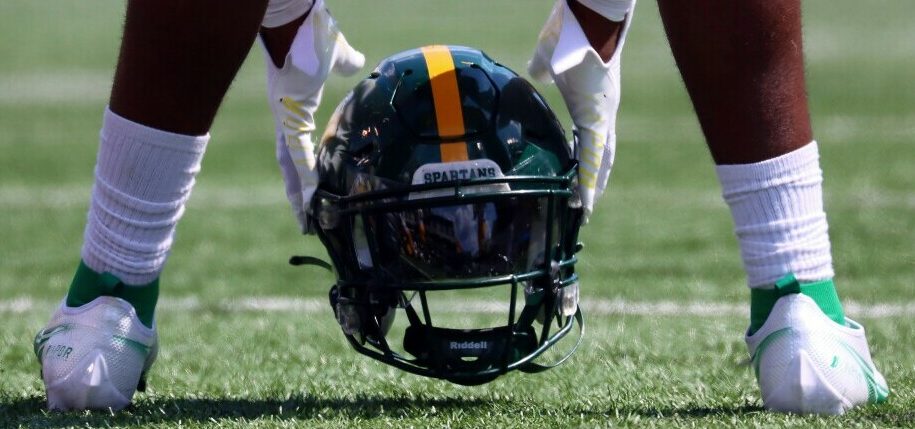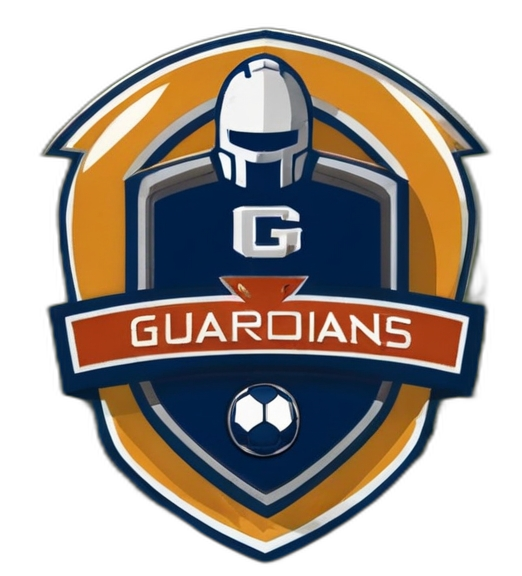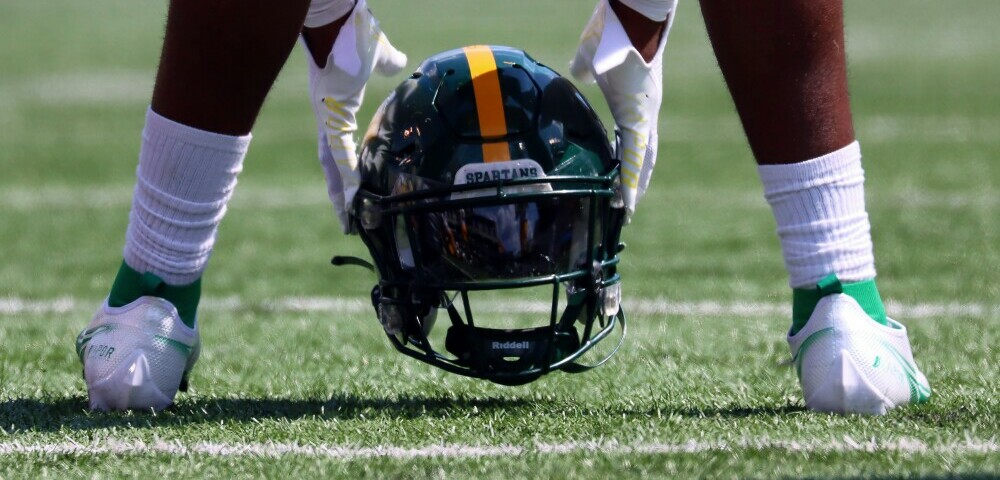
When it comes to youth football, there’s nothing more important than safety. That’s why selecting the right helmet is crucial. Think of it as the seatbelt for your child on the field; it’s a non-negotiable piece of equipment that offers vital protection during play.
This isn’t just about having any helmet; the focus is on finding one that combines safety features, a precise fit, comfort for the player, and consideration of the helmet’s weight relative to the child’s age and size. Remember, the helmet that suits one child perfectly might not be the right choice for another.
Beyond the basics, helmets also play a significant role in the prevention of serious head injuries. As the research into concussions and their long-term effects continues to evolve, the importance of choosing the right helmet has never been more clear.
As we move forward, I’m going to break down the general considerations you should keep in mind when choosing a youth football helmet. This will include recognizing the advanced technologies and materials designed to keep players safe and comfortable on the field.
General Helmet Considerations: Features for Maximum Protection
When we’re talking about protecting young athletes, helmet features are not something to overlook. Here’s the takeaway: a helmet’s got to have top-notch features if it’s going to get the job done right. Let’s break down what you’re going to find out about.
Shell technology is a game-changer. These days, manufacturers are using all sorts of materials aimed at absorbing impact: from polycarbonate to advanced plastics designed to deal with those tough on-field collisions. And, while we’re on that note, different levels of play call for varying levels of durability. So, choosing a helmet with the appropriate tech can make all the difference.
Next up is padding systems. Comfort matters, of course, but it’s really about marrying comfort with safety. That’s where multi-layered, energy-absorbing pads come into play. They sit on the inside of the helmet and work hard to cushion the head during impact. Look for helmets with an antimicrobial layer too, which helps keep things a bit fresher.
You’ve probably seen a range of facemasks out there. They do more than make a player look tough; they serve as a shield for the face. Material and design should suit the player’s position and personal needs. Whether it’s a lineman needing a grill-like design for maximum protection or a quarterback opting for wider vision gaps, the facemask is a customizable part of helmet safety.
Don’t forget about ventilation. Helmets need to provide adequate airflow to keep the head cool. Sufficient ventilation can prevent overheating and discomfort, which, let’s be honest, no player wants to deal with during a crucial moment in the game.
Finally, adjustability is crucial, especially for growing players. A helmet that grows with the player is a wise investment. Features like inflatable liners and adjustable jaw pads can extend a helmet’s life and ensure it fits just right throughout a season or two.
All these technicalities aside, I’m not just giving you specs to memorize. To really home in on safety, we look to the experts. That’s where independent safety evaluations like the Virginia Tech Helmet Ratings come in, giving us unbiased insight into how helmets actually perform under test conditions. Cross-referencing your choices with their ratings can set you on the path toward a helmet that’s been vetted for safety.
Finding the Right Fit: A Parent’s Guide to Youth Helmet Sizing
In the world of youth football, a properly fitting helmet isn’t just another piece of equipment – it’s vital to your child’s safety on the field. The perfect fit helps ensure maximum protection, so let me guide you through measuring your child’s head for an accurate fit.
Every head is unique, and that’s why professional fitting is important. I recommend taking your child to a qualified retailer or experienced coach to get the job done right. They’ll measure the circumference of the child’s head, usually about an inch above the eyebrows – the widest part – to determine the correct helmet size.
The stakes are high with ill-fitting helmets: too loose, and the helmet won’t properly absorb impacts. Too tight, and it’s uncomfortable and can cause headaches. A snug fit means the helmet doesn’t move around but isn’t causing any pressure points.
Your child’s helmet should sit an inch above their eyebrows with the chinstrap snug against the chin. When in doubt, always err on the side of asking for help from a trained professional. They know exactly how these helmets should sit and can offer advice that ensures the safety and comfort of your young athlete.
Maintenance Matters: Caring for Your Youth Football Helmet
Now, you’ve got the perfect helmet, sized just right for your young athlete. It’s crucial to keep it in top condition. Remember, a well-maintained helmet is as important for safety as the initial fitting. Regular cleaning is essential not only for hygiene but also to ensure the materials retain their protective properties.
First off, let’s talk about cleaning. Use mild soap and warm water for the shell and padding, avoiding harsh chemicals that can degrade materials. Allow everything to air dry completely before reassembling the helmet. Deep cleaning by removing the pads, if they are detachable, can prevent bacteria buildup from sweat and dirt.
When it comes to storage, you’re going to want to find a cool, dry place out of direct sunlight. UV rays can weaken the helmet’s structure, leading to faster wear and tear. Don’t worry too much about finding the perfect spot; a closet or a shelf in the garage will often do just fine, as long as it’s away from heavy items that could fall and damage the helmet.
Inspecting your child’s helmet routinely for cracks, dents, or any other visible damage is a must. If anything seems amiss, get it checked out by a professional before your child hits the field again. You can always reach out to the helmet manufacturer for advice on repairs or replacements.
In my experience, it’s also a good idea to have your child’s coach or equipment manager give their helmet a once-over before the season starts. They’re often the first to know the latest in helmet safety standards and can spot issues you might miss.
Informed Decisions: Accessing and Understanding Additional Helmet Safety Resources
I’m here to help you dig further into helmet safety because knowledge is your best defense on the football field. Safe play isn’t just about the right gear; it’s also about the right information.
You’ll find a goldmine of knowledge on helmet safety through the Centers for Disease Control and Prevention (CDC). They’re not just about monitoring diseases; they provide comprehensive guidelines on concussion awareness and prevention. Visit their website and you’re going to find out about ‘Heads Up’–a program dedicated to keeping young athletes safe from brain injuries.
Safety benchmarks for helmets are set by the National Operating Committee on Standards for Athletic Equipment (NOCSAE). Their standards ensure that equipment used meets rigorous safety criteria. Before you commit to buying a helmet, checking that it meets NOCSAE standards is crucial.
Furthermore, youth football organizations like Pop Warner Little Scholars and American Youth Football aren’t just for fun and games. They play a serious role in promoting player safety, offering a plethora of guidelines and resources to keep your young athlete protected.
With these resources at your fingertips, you’re well-equipped to make well-informed decisions that go beyond just purchasing a good helmet. It’s about fostering a culture of safety that permeates every aspect of youth football.
Conclusion: Ensuring Youth Safety Through Careful Helmet Selection
I’m going to wrap things up by reemphasizing that when it comes to youth football, safety takes center stage. We’ve traveled through various aspects of choosing the right helmet, and it’s clear that this is a process where attention to detail can make all the difference.
Choosing the right helmet isn’t just about aesthetics or the latest trends; it’s about the careful consideration of safety features, proper fitting, and ongoing maintenance. A well-fitted and well-maintained helmet is an investment in a young athlete’s future—both on and off the field.
You’re going to find that professional fittings and regular helmet checks aren’t just formalities; they are essential practices that can help mitigate the risks associated with this high-impact sport. Regular maintenance, including cleaning and inspections, will also contribute to the longevity and effectiveness of the helmet.
In my opinion, taking the time to conduct thorough research before making a purchase demonstrates responsibility and care for the young players’ wellbeing. Use the information and resources provided, such as Virginia Tech Helmet Ratings and guidelines from organizations like the CDC and NOCSAE, to make informed decisions.
Choose a helmet that resonates with your child’s specific needs and playing level. Ensure it comes from a reliable brand and that you’re well-versed in its features and safety assurances. Always remember, your first attempt at selecting the right helmet doesn’t need to be your last. Youth players grow and so do their needs; be prepared to adjust as they progress in their football journey.
I really hope that this guide has helped you navigate the complexities of youth football helmets. Your proactive approach to safety can significantly impact the positive experience of young athletes in the sport. Thanks for taking the time to read and for prioritizing the safety and joy of the game for our youth.

